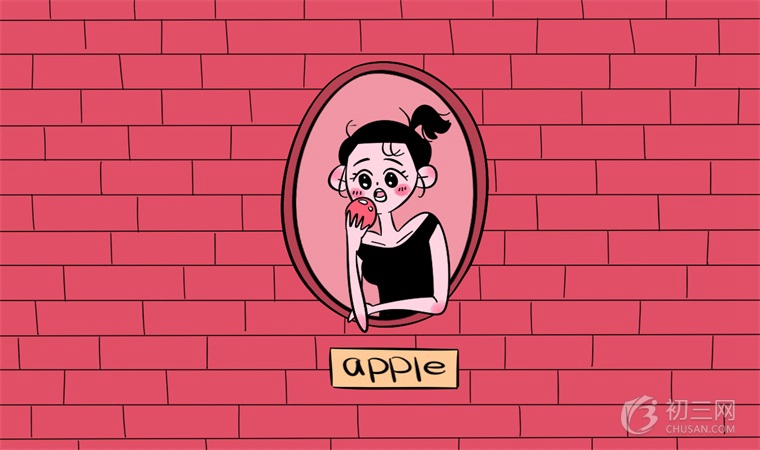请选择
初一学生学习英语要注意知识点的总结归纳,下面初三网小编为大家总结了初一英语语法,仅供大家参考。

初一英语第三人称单数
当动词是第三人称单数时,动词应该像名词的单数变动词那样加s,如下:
一)一般在词后加s。如:comes, spells, waits, talks, sees,dances, trains
二)在x,sh, ch, s, tch后加es。如:watches,washes, wishes, finishes
三)1)以辅音字母加y结尾的变y为i再加es。如:study-studies, hurry-hurries, try-tries
2)以元音字母加y结尾的直接加s。如:plays, says, stays, enjoys, buys
四)以o结尾加es。如:does, goes
五)特殊的有:are-is,have-has
含be动词句子的疑问句型转换
①一般疑问句:将be动词提前,其它照抄不变,最后+?,读升调。(一般第一人称改为第二人称)
e.g. The man in the car is her father. → Is the man in the car her father?
I’m a middle school student. → Are you a middle school student?
②一般疑问句的肯否定回答。
肯定回答: Yes, 主语+be. 否定回答: No, 主语+be+not.
e.g. Is he old? Are you a new student? Is your father at home?
Yes, he is. Yes, I am. Yes, he is.
No, he is not.(isn’t) No, I’m not. No, he is not.(isn’t)
注意:①主语必须用代词回答;②肯定回答不能缩写;③回答第二人称,用第一人称回答。
③特殊疑问句(就划线部分提问)。
初一英语代词的用法
①动作的发出者,代词用主格,(一般在句首,动词前)。 e.g. He often writes to me.
②动作的承受者,代词用宾格,(一般在句末,动词后、介词后)。 e.g. Let’s ask him. Let’s play with them.
③物的主人,用物主代词。(即代词所有格)
1)形容词性物主代词后一定要带物,不能单独使用,一般用在名词前。
e.g. This is their classroom. That is my bike. It is her red coat.
2)名词性物主代词,相当于形容词性物主代词+物。
e.g. The books are hers. (her books) The bike is his. (his bike)
3)形容词性物主代词与名词性物主代词之间的区别:
形容词性物主代词:后要带物(即名词)。It’s my pen.
名词性物主代词:后不带物。 It’s mine.
(因此填物主代词应注意判断后有无带物,有用形容词性物主代词,无即用名词性物主代词。)
以上就是初三网小编为大家总结的初一英语语法,仅供参考,希望对大家有所帮助。